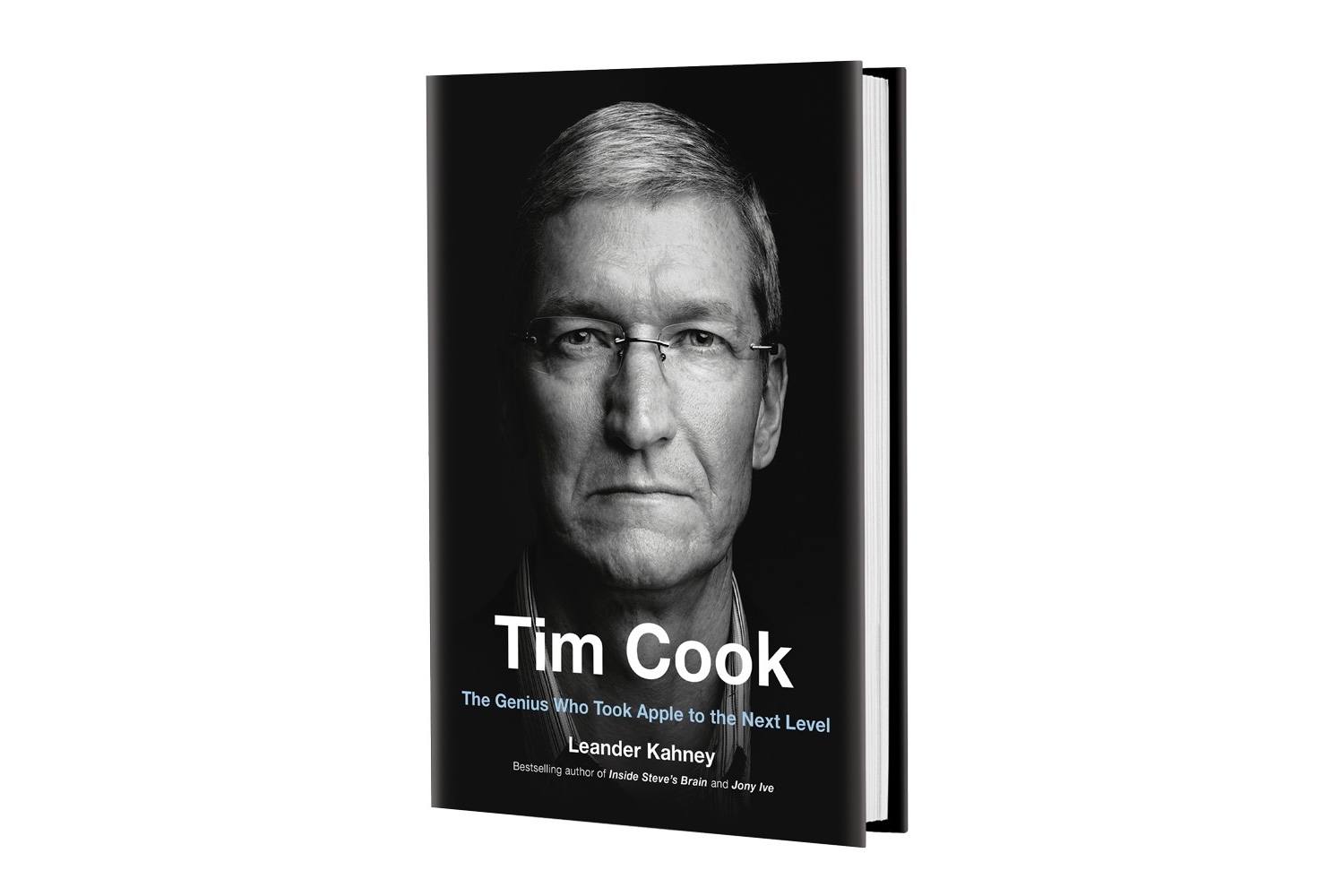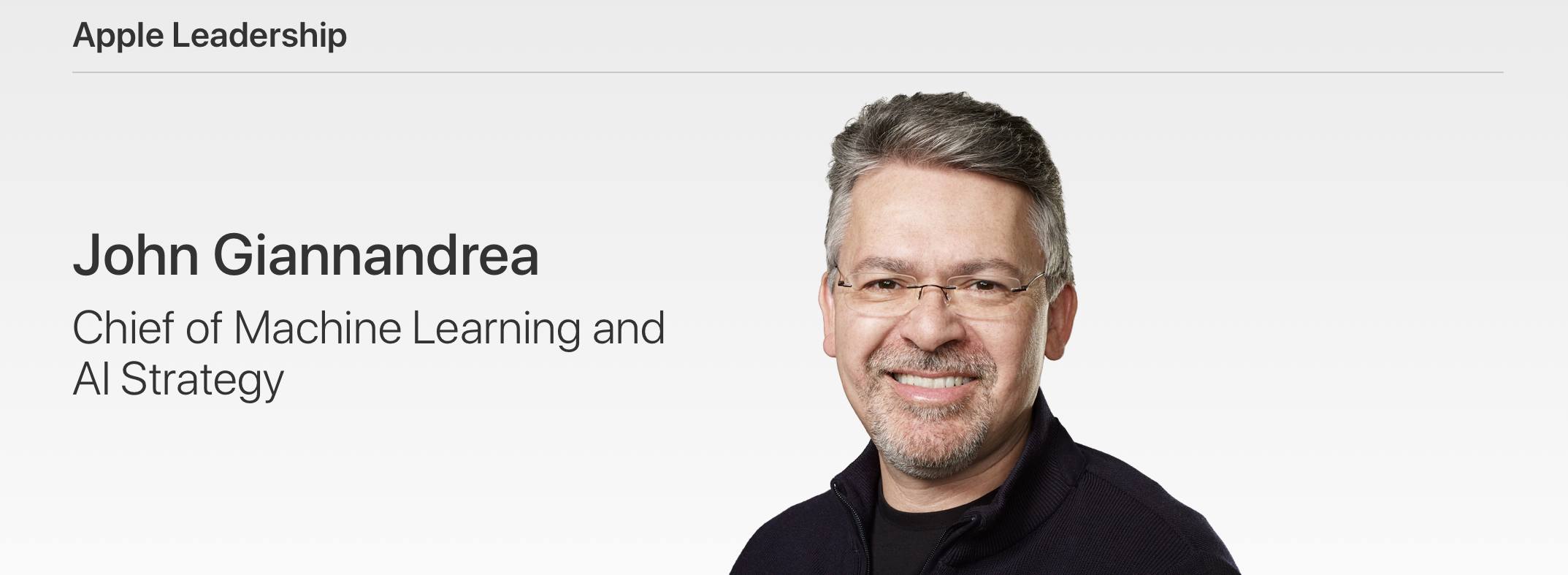Today, Apple CEO Tim Cook published an open letter addressing racism in America. In the letter, which is currently featured on the apple.com homepage, Cook explains:
Right now, there is a pain deeply etched in the soul of our nation and in the hearts of millions. To stand together, we must stand up for one another, and recognize the fear, hurt, and outrage rightly provoked by the senseless killing of George Floyd and a much longer history of racism.
That painful past is still present today — not only in the form of violence, but in the everyday experience of deeply rooted discrimination. We see it in our criminal justice system, in the disproportionate toll of disease on Black and Brown communities, in the inequalities in neighborhood services and the educations our children receive.
To play its part in combating racism, Cook says Apple will redouble its efforts on social programs and inclusion initiatives:
But we must do more. We commit to continuing our work to bring critical resources and technology to underserved school systems. We commit to continuing to fight the forces of environmental injustice — like climate change — which disproportionately harm Black communities and other communities of color. We commit to looking inward and pushing progress forward on inclusion and diversity, so that every great idea can be heard. And we’re donating to organizations including the Equal Justice Initiative, which challenge racial injustice and mass incarceration.
Cook’s letter is important not just as a statement of where Apple stands on racism but as an example of the sort of leadership role tech companies can take to address the systemic causes of it.




